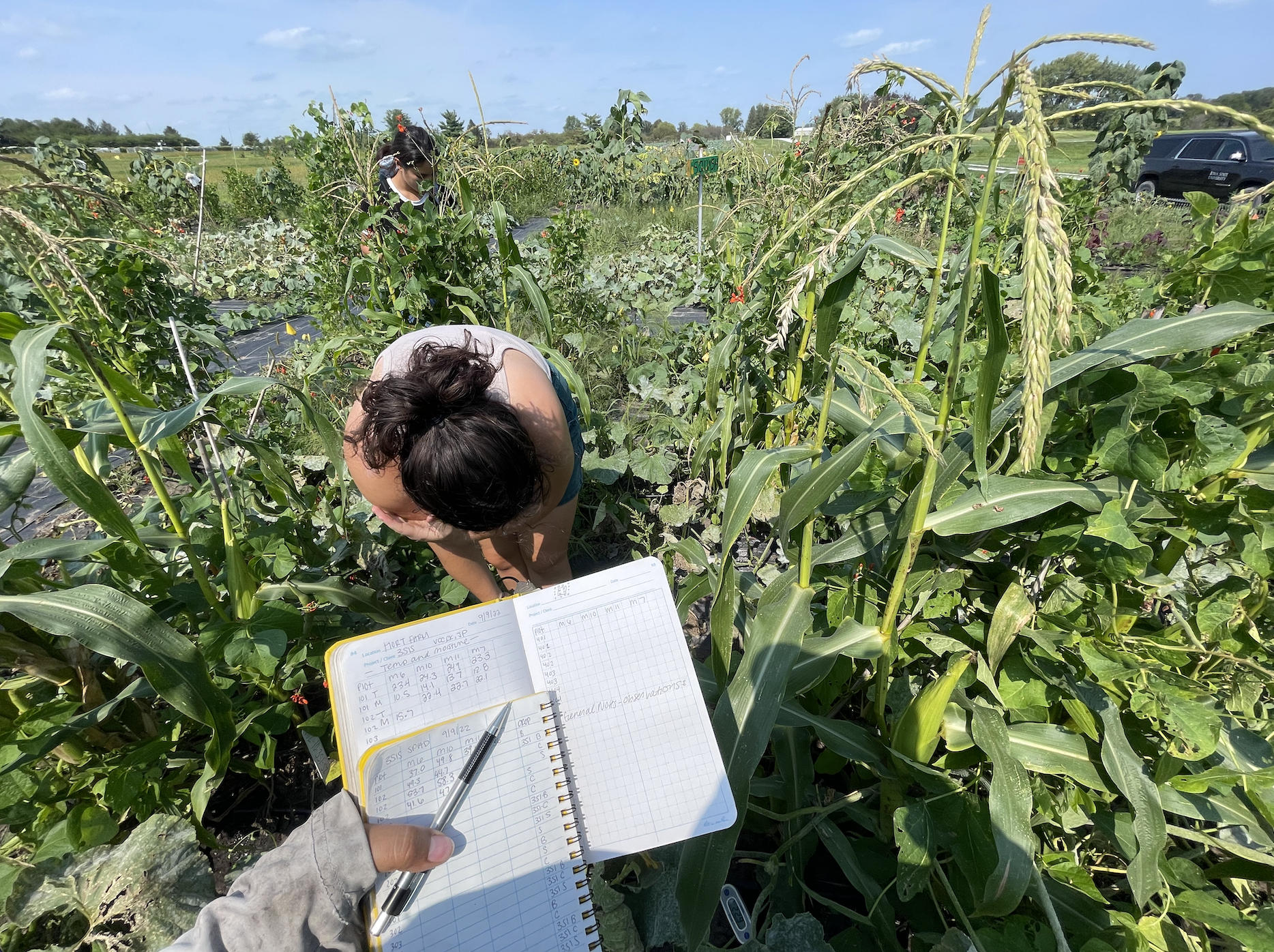
Throughout the project, we have reached our target audience of Native American gardeners and farmers on the Omaha, Santee Sioux, Oneida, and Menominee reservations and Native gardeners in Sioux City and Minneapolis/ St. Paul through outreach into their communities, attendance at an advisory board meeting held at Iowa State University, virtual and in-person workshops, field days, and by distributing extension materials and videos. With Dr. Nair in the lead, we organized on-farm visits and set up local focus group meetings and listening sessions to discuss the project’s progress. We conducted multiple extension events and conversations with Native farmers to develop their own individual randomized-replicated 3SI experiments. These experiments tested the effect of monocropped maize, beans, and squash compared to when they are planted together as 3SI. Continual visits to each community and discussions strengthened these relationships and fostered trust between ISU researchers and the leaders and members of Native communities.
We developed activities and products in collaboration with Native gardeners/farmers that were culturally relevant materials for sharing agro-ecological knowledge, including materials about the importance of soil health, soil fertility, crop rotation, and how 3SI could play a key role in keeping soil healthy and in creating sustainable cropping systems in Native communities. During our first advisory board meeting and through the ethnographic interviews, we gathered data about the successes and barriers gardeners face in growing 3SI and the perceived needs growers have related to improving their practices. At our fall harvest advisory board meeting in 2022, we encouraged participants to reflect on the process of soil health testing and discuss plans for the future.
Two of our graduate students were especially vital in expanding our outreach scope. As part of his extension work, Derrick Kapayou took soil samples of potential participants’ gardens, providing information about growing techniques specific to each garden during our ethnographic visits, and taught Native farmers and gardeners to read the soil test results for their gardens once they were processed. Extension work conducted by Emma Herrighty involved learning about the protocols for saving seeds and then working with Native collaborators to rematriate the seed grown at ISU to Native growers. In addition to the rematriated seeds, we returned information about the seed and how it was handled. We have also built networks –using social media, specifically Facebook–between Native gardeners within their home communities and across tribal nations to share knowledge and resources, like seeds. These networks will continue to grow beyond the bounds of this project, and Native growers will continue to reap the benefits of this disseminated knowledge.
